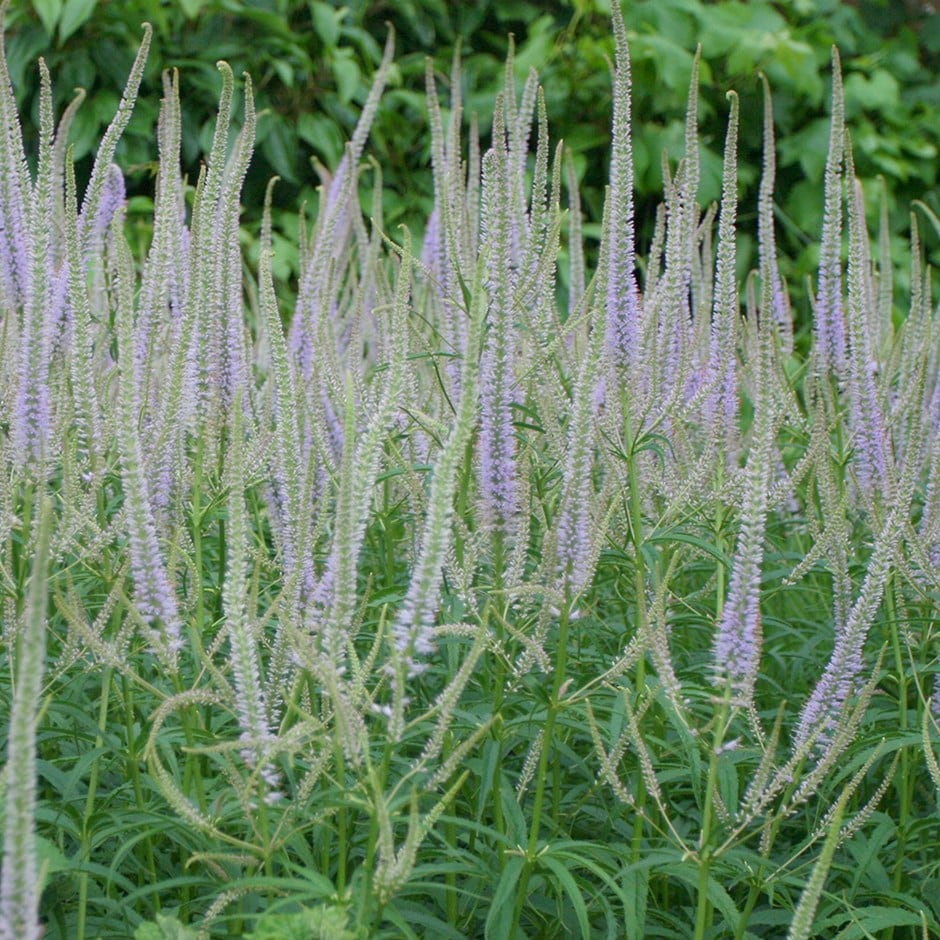Veronicastrum virginicum 'Lavendelturm'
culver's root
Long, narrow, tapering spikes of pale lavender flowers from July to September above whorls of deep green leaves. A great plant for...
Prairie
Indulge a passion for ornamental grasses by creating a prairie- or meadow-style garden. They can be richly planted with native wildflowers or a selection of complementary perennials and self-seeding annuals to create a naturalistic planting effect.
Read full articleCordyline
Cordylines are tufted evergreen shrubs that originate from Southeast Asia and the Pacific rim, where they mature to form awkwardly shaped stubby trees with tufts of spiky leaves that resemble huge pineapple tops at the end of each branch. In this country
Read full articleThe Chelsea Chop (and other methods of extending the flowering season)
Many gardeners who are happy, even gung-ho, with the secateurs when pruning shrubs and climbers are surprisingly reluctant to take the shears to herbaceous perennials. Maybe this is because it just doesn't seem quite right to be cutting back all that new
Read full articleHow to use those dreamy flower spires
There's one garden essential that brings a planting scheme to life and it's upright flower spikes that soar heavenwards. They add drama and perspective to all your other planting and, as they open from the bottom upwards, each spire offers a glorious co
Read full article



